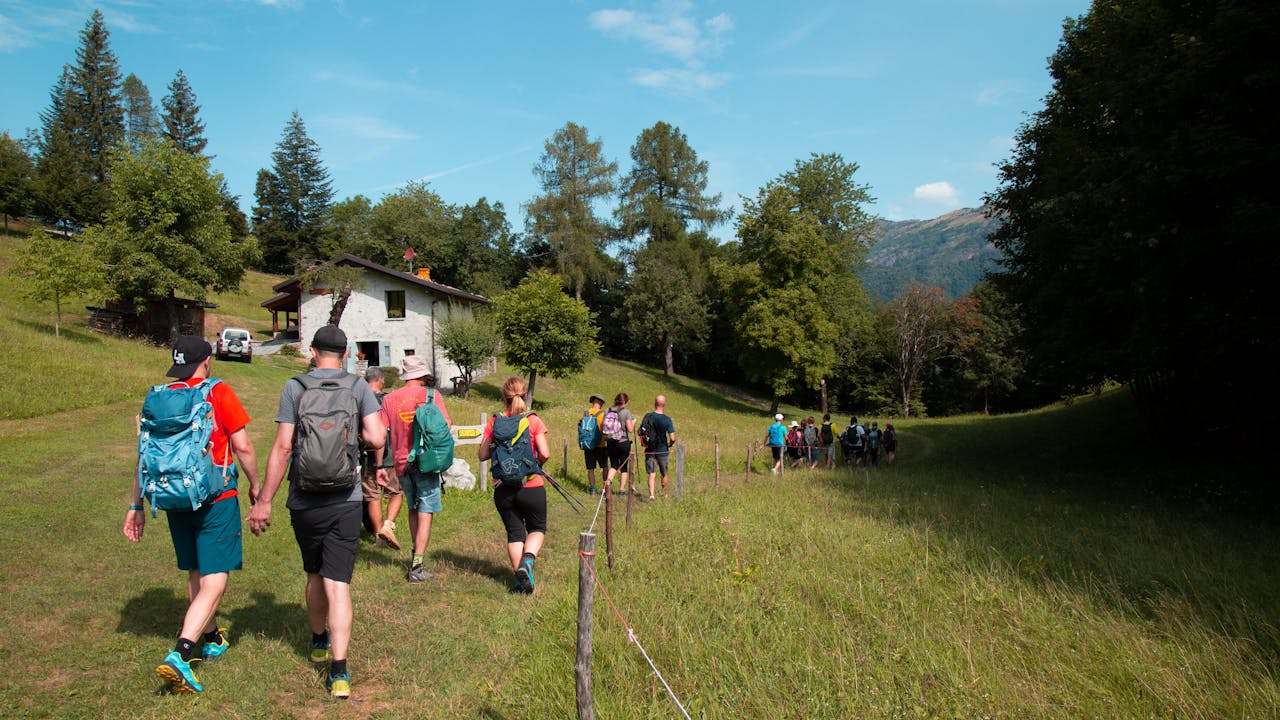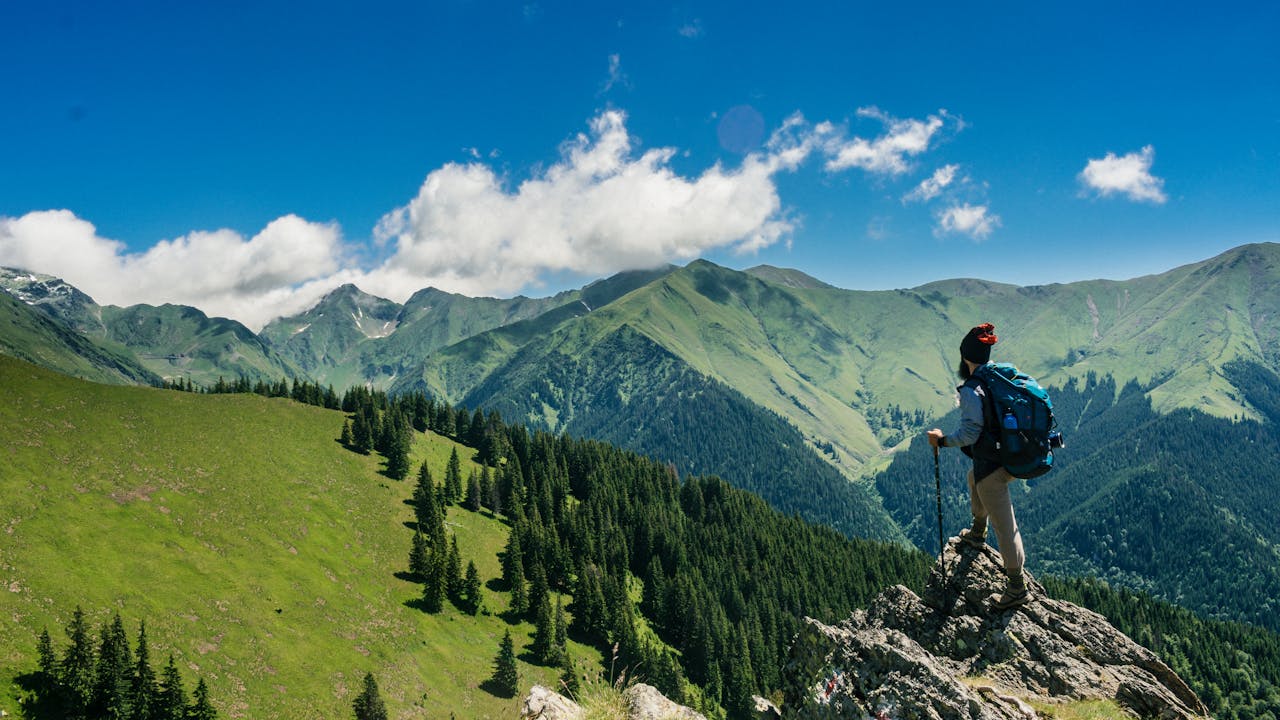Dog sledding, also known as mushing, is an exhilarating and time-honored tradition that allows adventurers to experience the thrill of gliding across snow-covered landscapes powered by a team of eager sled dogs. In this comprehensive guide, we’ll delve into the captivating world of dog sledding, exploring its history, equipment essentials, techniques, destinations, and the unforgettable experiences it offers to those who embark on this unique Arctic adventure.
History of Dog Sledding:
Dog sledding has a rich and storied history that dates back thousands of years, with indigenous cultures in Arctic regions such as North America, Scandinavia, and Siberia relying on sled dogs for transportation, hunting, and communication in harsh winter conditions. The Inuit, Yupik, and other indigenous peoples developed specialized breeds of sled dogs, such as the Alaskan Malamute, Siberian Husky, and Greenland Dog, known for their strength, endurance, and ability to thrive in cold climates. Over time, dog sledding evolved from a practical means of survival to a popular recreational activity and competitive sport, with events such as the Iditarod Trail Sled Dog Race in Alaska and the Finnmarksløpet in Norway showcasing the skill and athleticism of mushers and their teams of dogs.
Equipment Essentials:
Success in dog sledding depends on having the right equipment to ensure the safety, comfort, and well-being of both mushers and their canine companions. Essential gear includes a sled or sleds designed for the specific terrain and conditions of the journey, with features such as runners, runners, and a basket or platform for the musher to stand or sit on. Harnesses are used to attach dogs to the sled and distribute pulling forces evenly across their bodies, while ganglines and tuglines connect the dogs to the sled and allow for controlled steering and braking. Other essential equipment includes a sled bag or pack for storing gear and supplies, as well as safety equipment such as a first aid kit, emergency communication device, and navigation tools for navigating unfamiliar terrain.
Techniques of Dog Sledding:
Dog sledding requires a combination of physical skill, mental acuity, and teamwork between mushers and their dogs to navigate terrain, manage pace, and overcome challenges such as snow drifts, icy patches, and steep inclines. Mushers must master techniques such as mushing commands, which communicate instructions to the dogs such as “gee” for right, “haw” for left, “whoa” for stop, and “on by” for pass distractions or obstacles. Proper sled handling and maneuvering are also essential for navigating corners, hills, and other obstacles safely and efficiently, while maintaining balance and control over the sled. Additionally, mushers must be attuned to the needs and behavior of their dogs, recognizing signs of fatigue, injury, or illness and adjusting pace, distance, and rest breaks accordingly to ensure the well-being of their canine team.
Destinations for Dog Sledding:
Dog sledding excursions can be found in a variety of destinations around the world, from Arctic wilderness areas to snow-covered mountains and forests. Popular destinations for dog sledding include Alaska, Canada, Norway, Sweden, Finland, and Greenland, where vast expanses of pristine snow and ice provide the perfect setting for Arctic adventures. Whether exploring remote backcountry trails, crossing frozen lakes and rivers, or traversing rugged mountain passes, each destination offers its own unique blend of landscapes, ecosystems, and cultural experiences, making dog sledding an unforgettable adventure for travelers of all ages and abilities.
Unforgettable Experiences:
Dog sledding offers participants a chance to experience the magic of the Arctic wilderness, forging a deep connection with nature and the animals that call it home. Each journey is a thrilling and immersive adventure, filled with moments of excitement, wonder, and awe-inspiring beauty as mushers and their dogs traverse snow-covered landscapes and explore remote wilderness areas. Whether gliding silently through a pristine winter wonderland, listening to the rhythmic panting of sled dogs and the crunch of snow beneath their paws, or camping under the stars in a cozy winter camp, each experience is a testament to the resilience, strength, and spirit of sled dogs and the enduring bond between humans and animals.
Dog sledding is more than just a sport—it’s a tradition, a way of life, and a celebration of the timeless bond between humans and dogs. As participants embark on dog sledding adventures, they become part of a centuries-old tradition that honors the spirit of exploration, adventure, and camaraderie in the face of adversity. So bundle up, harness your team of sled dogs, and get ready to embark on an unforgettable journey through the snow-covered wilderness as you experience the thrill of dog sledding in the Arctic.



